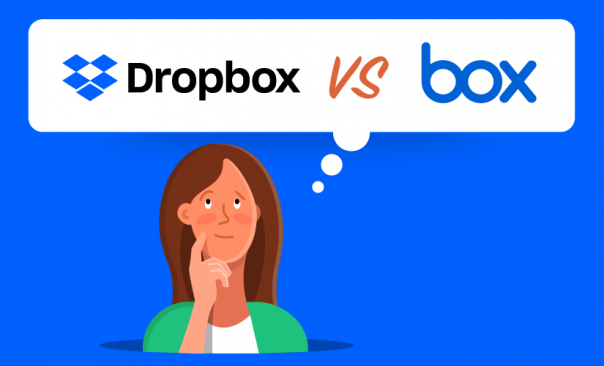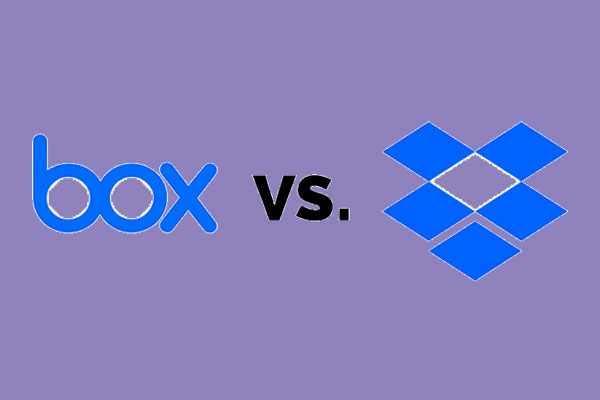

And if your bread and butter work is video, you may want to use your Avid NEXIS storage for audio too, rather than investing in separate storage for a smaller revenue stream.
#DROPVOX VS AUDIOSHARE PRO#
“Often in big post facilities you’ll find flagship Fibre SANs running StorNext, but that’s not supported by Pro Tools – it just doesn’t understand the file system and can’t see the drive.” This means that projects have to be dragged from a SAN to local storage before they can be worked on, which isn’t particularly efficient and definitely doesn’t make collaboration easier – everyone has to work on a separate, local version of a project, making version control a nightmare.ĭDP storage has the added advantage that if you’re handling video and audio files, you can partition your storage and format one side for efficient audio file processing, and the other for video, so you get the most efficient performance for your project.Īs a slight caveat to this, if you’re an end-to-end Avid facility and are relying on Interplay/Avid Media Central, then you’re going to need to invest in Avid’s own-brand servers and storage – DDP can’t support an Interplay-based workflow. ISCSI has the added advantage of making DDP storage look like a local drive to Pro Tools, so you can record to it and play back from it in realtime, just as if it was local storage.

But what makes it so effective?įirstly, it uses iSCSI to transport data, which as our engineer Matt Ward explains, “isn’t so much a networking topology as a hardware interface that’s been adapted for networking, which gives you much better throughput and performance for moving audio files.” Avid’s own storage solutions are optimised for video, meaning you lose out on optimum speed and capacity when handling audio files alone.ĭynamic Drive Pool storage has gained traction in recent years by being the only shared storage solution that actually works for audio. Some standard network protocols can be very “chattery” or require more management than is really efficient. Many of the NAS solutions for audio we’ve encountered have had problems with reliability and make big demands on the workstations they’re connected to. Various solutions have been proposed and each have their own shortcomings. While they may not have the hulking file sizes and huge bandwidth demands that come with video, collaborative audio workflows demand realtime recording and playback, extremely accurate timing, and the ability to find and load very small files very quickly. Creating a reliable shared storage system for audio presents a unique set of challenges.


 0 kommentar(er)
0 kommentar(er)
